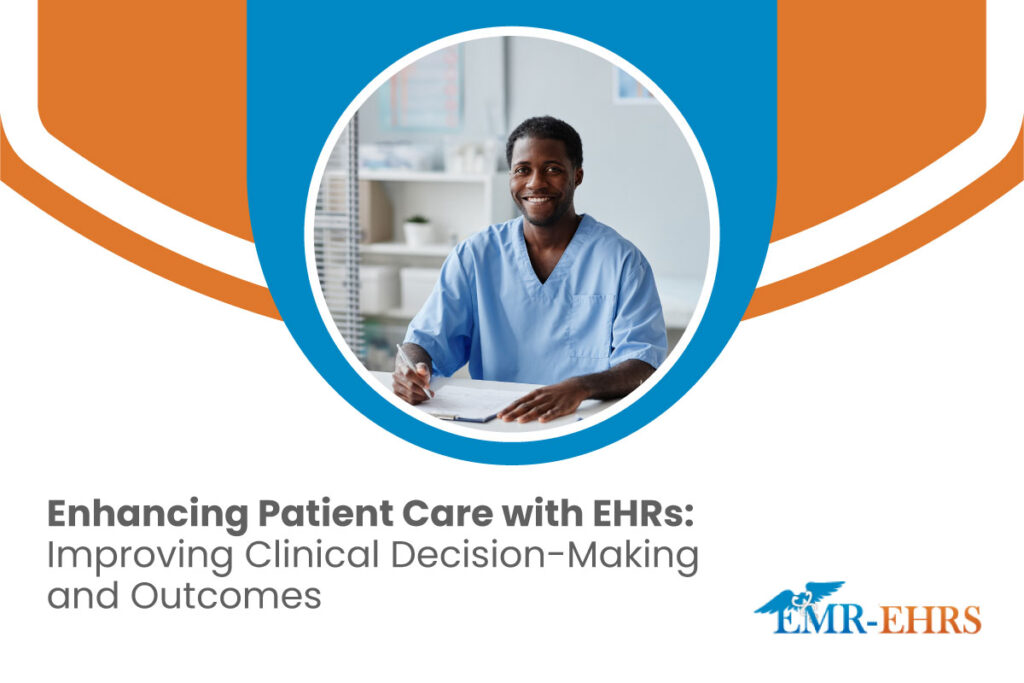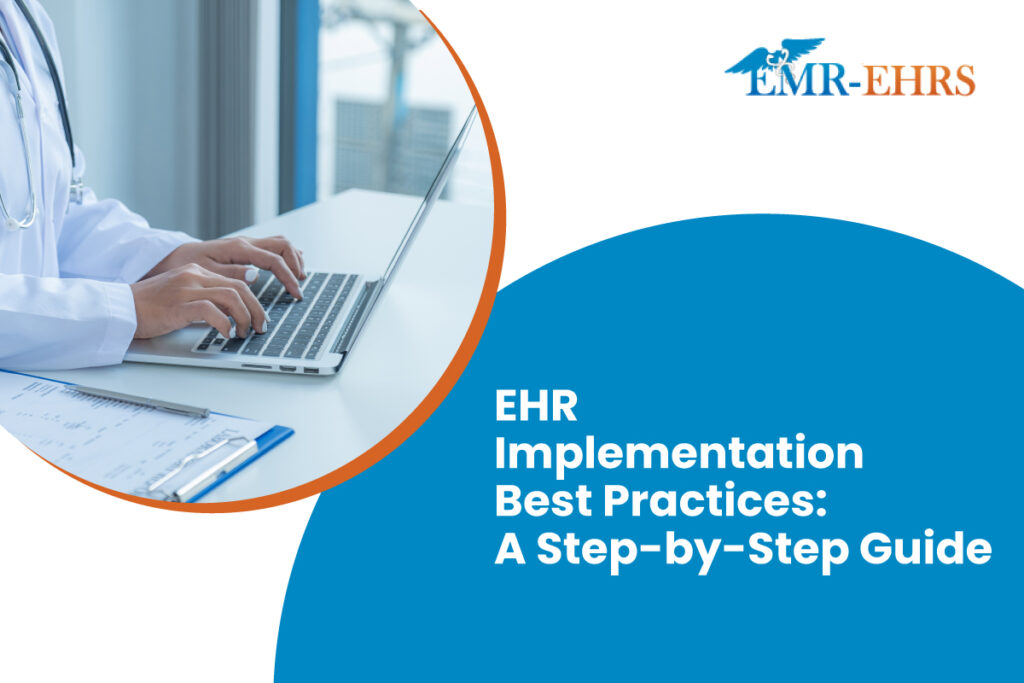
Imagine a patient struggling with sleep due to breathing issues, seeking a diagnosis that might require the expertise of both pulmonologists and sleep specialists. Multi-specialty clinics make this journey seamless, offering coordinated care under one roof.
The patient could start by seeing the pulmonologist, who records the symptoms and visit notes in their EHR. During the appointment, the pulmonologist might decide to refer the patient to a sleep medicine specialist and order a sleep study. The sleep specialist would have instant and direct access to the information gathered by the pulmonologist. This convenience is one of the biggest advantages of multi-specialty clinics.
However, even in these clinics, the process might not always be perfect because not all EHR systems are created equal. Some systems are better suited for multi-specialty practices, so it’s essential to find the multi-specialty EHR software that best aligns with your clinic’s needs.
Find the EHR that aligns with your clinic’s needs
Contact us today for personalized guidance!
Challenges in Managing Patient Data in Multi-Specialty Clinics
Each specialty generates detailed patient records, so managing this large volume of data is crucial while ensuring accuracy and accessibility. An EHR system can help effectively consolidate test results, treatment plans, and follow-up notes from multiple specialties.
Also, different specialties use specific terminologies, coding systems, and clinical protocols. Harmonizing these within a single multi-specialty EHR system requires advanced customization to ensure that each specialty can operate efficiently without compromising the usability of the shared records.
Need for Coordinated Care
Patients often require coordinated care plans involving multiple specialties. For example, a patient with a chronic respiratory condition might need care from a pulmonologist, a sleep specialist, and a physical therapist. Your EHR system should be able to facilitate seamless integration of these care plans to avoid conflicting treatments and ensure comprehensive care.
Lastly, efficient scheduling is essential to manage appointments across various specialties without overlaps or excessive wait times. The EHR software should offer advanced scheduling tools that coordinate appointments based on specialists’ availability.
Essential Features of Multi-Specialty EHRs
Electronic health records and electronic medical records (EMRs) provide numerous benefits to clinics. However, for multi-specialty clinics where coordinated patient care is a focal point, specialists rave for a slightly different set of multi-specialty EMR software features.
Case management should be a top feature on your checklist. Clinics use this tool to efficiently track and manage patient care across multiple specialties. With case management, you can maintain a detailed log of all patient visits across various specialties, including the date and time, the specialty consulted, the clinician involved, and the purpose of the visit.
Each visit is summarized within the EHR, providing a snapshot of the patient’s condition, diagnosis, and treatment during that visit. This ensures that all relevant patient information is easily accessible for future reference.
Many Specialties, More Features
While we already discussed the amazing benefits that a proper case management module could provide, that’s far from the only feature that you should be on the lookout for in your multi-specialty EMR software:
1. Clinical Documentation
EMR and EHR systems facilitate communication and continuity of care by storing detailed patient information, including medical histories, test results, treatment plans, and ongoing care notes from various specialties.
2. Patient Registration and Scheduling
When patients visit the clinic first, their personal information, insurance, and medical history are entered into the system. The EMR system allows staff to schedule, reschedule, and manage appointments across multiple specialties, ensuring no conflicts.
3. Interoperability
EHRs in multi-specialty clinics are often interoperable with other healthcare systems and laboratories, allowing seamless sharing of diagnostic results, referrals, and medical records critical for making informed decisions during consultations and treatments.
4. Specialty-Specific Templates
EHR systems offer specialty-specific templates and tools to streamline clinic documentation. For example, physical therapists use tools to document rehabilitation progress, speech therapists have templates for speech and language assessments, and occupational therapists utilize templates for daily living skills evaluations.
6. Analytics and Reporting
An EHR software provides powerful analytics tools to analyze patient data, which is valuable for improving patient care, managing resources, and meeting regulatory requirements. This platform also generates reports required for compliance with healthcare regulations, such as Meaningful Use and MACRA.
7. Billing and Claims Management
A built-in multi-specialty billing software allows EHRs to streamline billing processes by combining the specialties’ billing and coding systems. This feature ensures accurate coding for diverse services provided across specialties and efficient claims management.
Common Pitfalls to Avoid When Choosing an EHR

As a multi-specialty clinic, you can choose an EHR system that enhances efficiency and improves patient care if you know the common pitfalls of EHR selection and take proactive steps to address them.
1. Overlooking Customization
It’s important to be cautious of healthcare documentation systems that adopt a one-size-fits-all approach. An EHR system that you can’t tailor to accommodate your specialties’ unique workflows and requirements can potentially hinder efficiency.
2. Ignoring User Feedback
An EHR system that is not user-friendly can lead to frustration and decreased productivity among clinicians and staff. Prioritize systems with intuitive interfaces and workflows. Consider feedback from clinicians and administrative staff to check if the platform aligns with your daily needs and challenges.
3. Failing to Plan for Implementation
A poorly managed implementation process can disrupt clinic operations and lead to significant downtime. Develop a complete implementation plan that includes timelines, responsibilities, and contingency plans. Ensure the EHR vendor provides robust support during and after implementation.
Benefits of Investing in a High-Quality EHR System
Investing in a high-quality EHR system offers multi-specialty clinics significant returns on investment through:
Improved Billing: Seamless integration with billing systems minimizes administrative overhead and reduces the time spent on billing-related tasks, allowing staff to focus on patient care.
Streamlined Workflows: Efficient sharing of patient information among different specialties improves coordination and reduces delays.
Cost Savings: An EHR system provides a comprehensive view of patient history and previous tests, helping avoid redundant tests and procedures and reducing unnecessary expenses.
Enhanced Data Management: A centralized electronic system ensures that all patient data is easily accessible to authorized personnel, improving information accuracy and reducing the risk of data loss.
Better Health Outcomes: EHR systems can track and flag critical health metrics, enabling providers to intervene early and manage chronic conditions more effectively.
Takeaway

A robust EHR system unifies clinical, administrative, and financial operations. Multi-specialty clinics that invest in these integrated platforms benefit from enhanced care coordination, which ensures long-term success and paves the way for delivering exceptional patient care.
Tap Into Our Expertise
Ready to streamline your multi-specialty clinic’s operations? 1st Providers Choice offers customized EMR systems with built-in templates for over 30 specialties, advanced scheduling tools, and comprehensive practice management.
For over 40 years, we’ve been the trusted partner for multi-specialty clinics looking to improve efficiency and patient care. Contact us for a free quote or schedule a demo to see our system in action.


